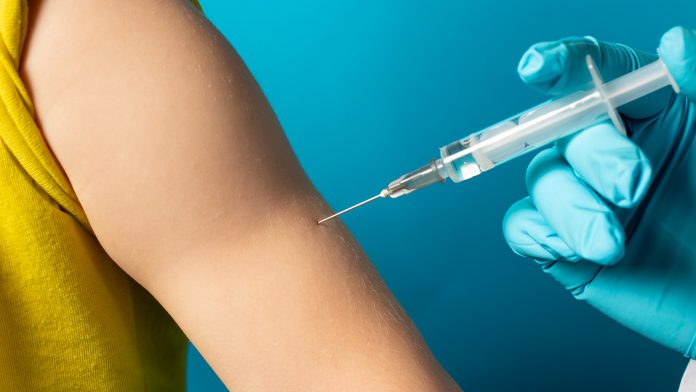
There could be new hope for untreatable gonorrhoea in the form of an existing meningitis vaccine, according to findings in The Lancet Infectious Diseases journal.
A game-changing discovery has illuminated a potential therapeutic benefit of an existing meningitis vaccine in untreatable gonorrhoea cases. The research found that a meningitis vaccine could improve protection against gonorrhoea.
Gonorrhoea is a sexually transmitted infection (STI) that can lead to serious health conditions if untreated. The ever-declining effectiveness of drug treatments to treat gonorrhoea and the lack of licensed vaccines to prevent infections has raised concerns about the future of gonorrhoea treatment. A meningitis vaccine could be the answer to his crisis.
Meningitis vaccine: finding new uses
Meningitis vaccines continue to be recommended by the World Health Organization (WHO) to reduce the global burden of the condition. To alleviate the burden, meningitis vaccines are administered as part of childhood immunisation strategies.
Since this vaccine has become readily available, studies have shown how they also offer some protection against gonorrhoea, and even partial protection could reduce cases significantly.
Using a meningitis vaccine to treat gonorrhoea raises questions such as the impact and effectiveness of this method.
New studies have provided insight into utilising a meningitis vaccine for gonorrhoea; the findings suggest that the 4CMenB vaccine may offer significant protection.
4CMenB provides 40% protection against gonorrhoea
An observational study led by Dr Winston Abara of the Centers for Disease Control and Prevention (CDC) used health records to identify laboratory-confirmed cases of gonorrhoea and chlamydia in 16–23-year-olds in New York City, NY and Philadelphia, PA, from 2016 to 2018. These cases were compared with immunisation records to determine people’s vaccination status with 4CMenB – which is licenced for use against meningitis – at the time of infection.
There were more than 167,000 infections (18,099 gonorrhoea, 124,876 chlamydia, and 24,731 co-infections) among almost 110,000 people. A total of 7,692 people had received the 4CMenB vaccine, with 4,032 (52%) receiving one dose, 3,596 (47%) two doses, and 64 (less than 1%) more than two doses. Full 4CMenB vaccination – receiving two doses – was estimated to provide 40% protection against gonorrhoea. One vaccine dose provided 26% protection.
Dr Winston Abara said: “Our findings suggest that meningitis vaccines that are even only moderately effective at protecting against gonorrhoea could have a major impact on prevention and control of the disease. Clinical trials focused on the use of 4CMenB against gonorrhoea are needed to better understand its protective effects and could also offer important insights towards the development of a vaccine specifically for gonorrhoea.”
A selection of limitations recorded included the data being restricted to a specific age group and location.
A two-dose course of 4CMenB is 33% effective
South Australia’s ongoing meningitis vaccine programme is one of the most extensive programmes to date.
In the observational study led by Professor Helen Marshall of the Women’s and Children’s Hospital in Adelaide, researchers assessed the effectiveness of 4CMenB against meningitis and gonorrhoea as part of an infant, child and adolescent vaccination programme.
To estimate the effectiveness of the meningitis vaccine against gonorrhoea, patients diagnosed with chlamydia acted as controls because of similar sexual behavioural risks reported in patients with either infection.
More than 53,000 adolescents and young adults received at least one dose of 4CMenB during the vaccination programme’s first two years. As well as being highly effective against meningococcal B meningitis and sepsis, in adolescents and young adults, a two-dose course of 4CMenB was 33% effective against gonorrhoea.
Some limitations were noted, including a meaningful reduction in gonorrhoea cases was not observed, likely due to small case numbers in adolescents and young adults.








